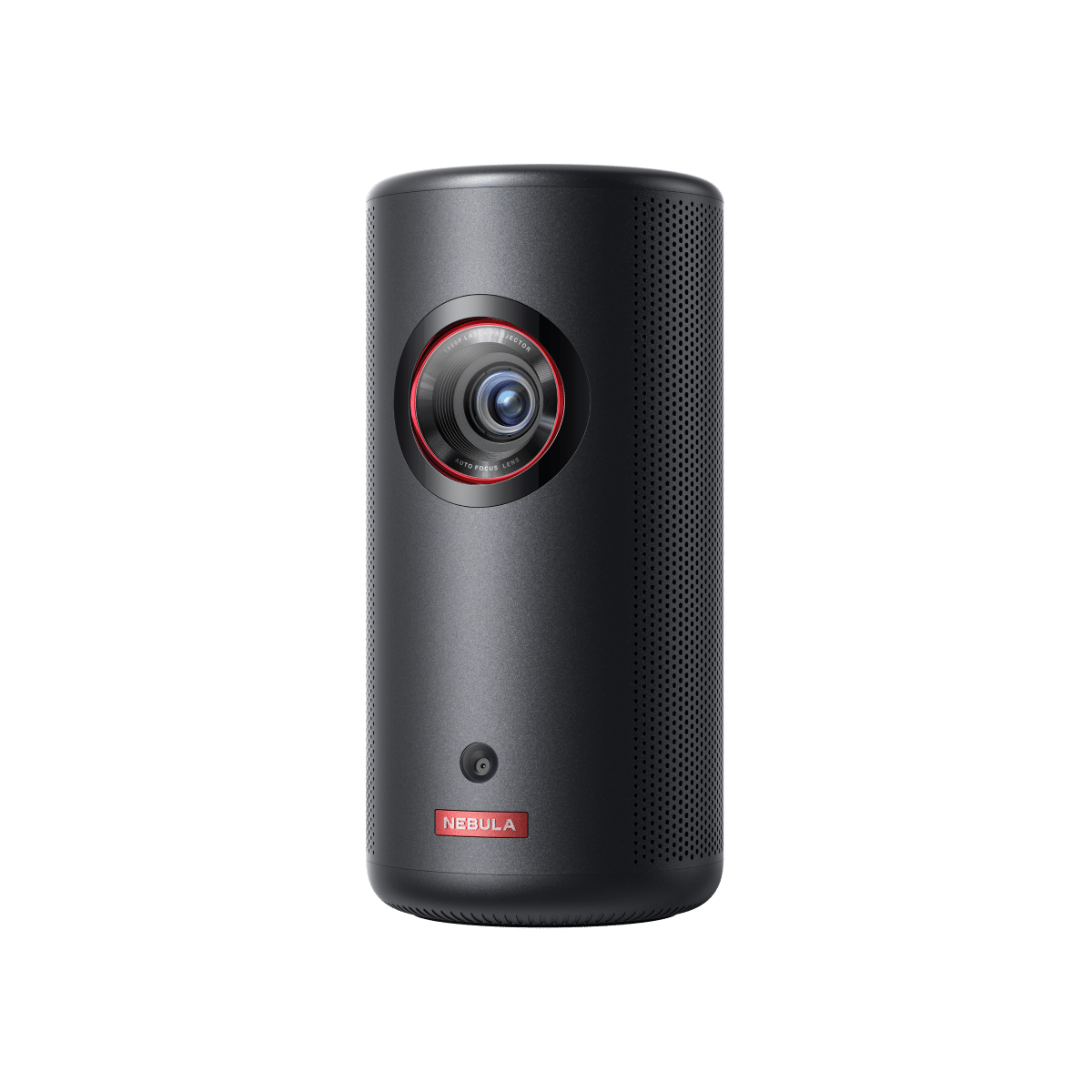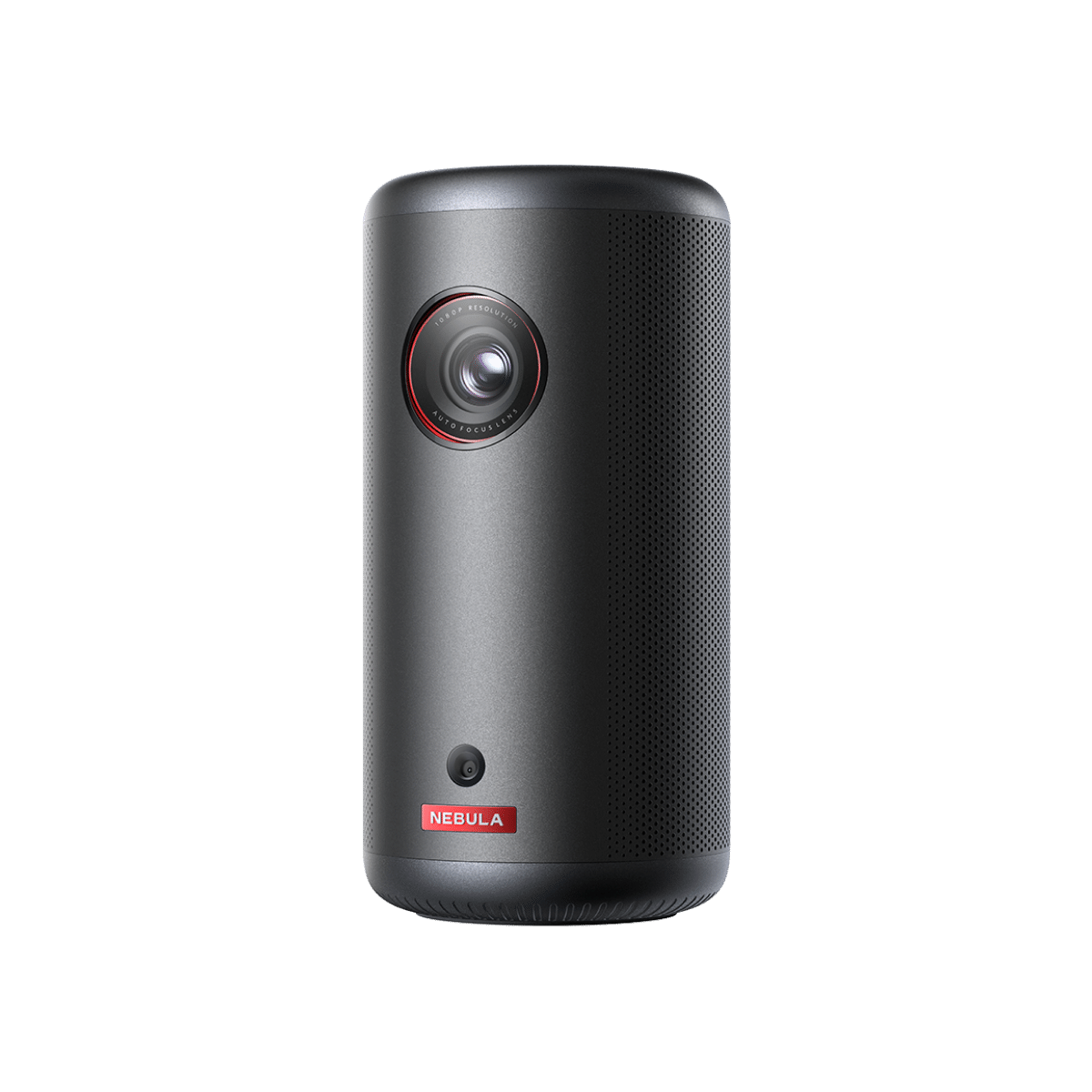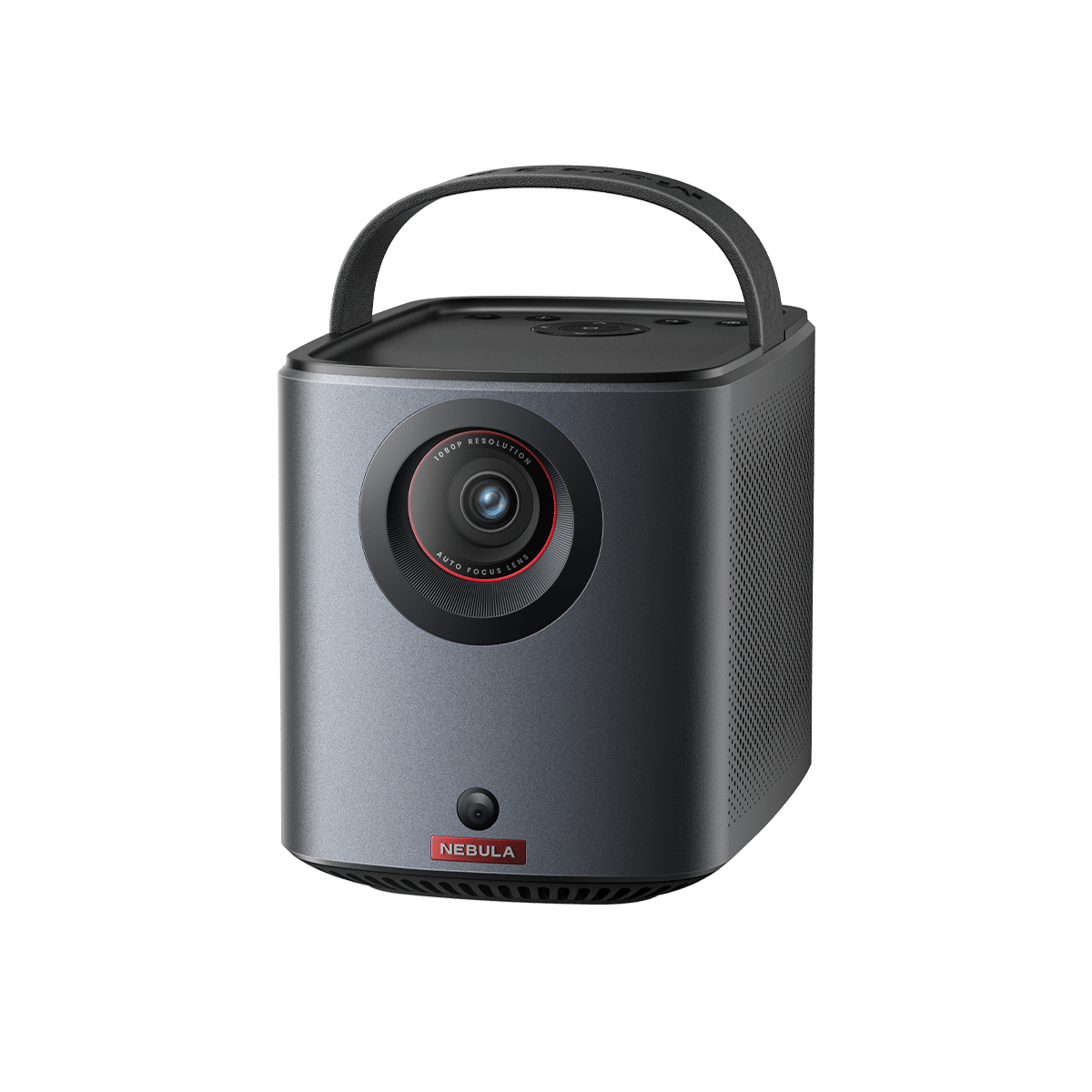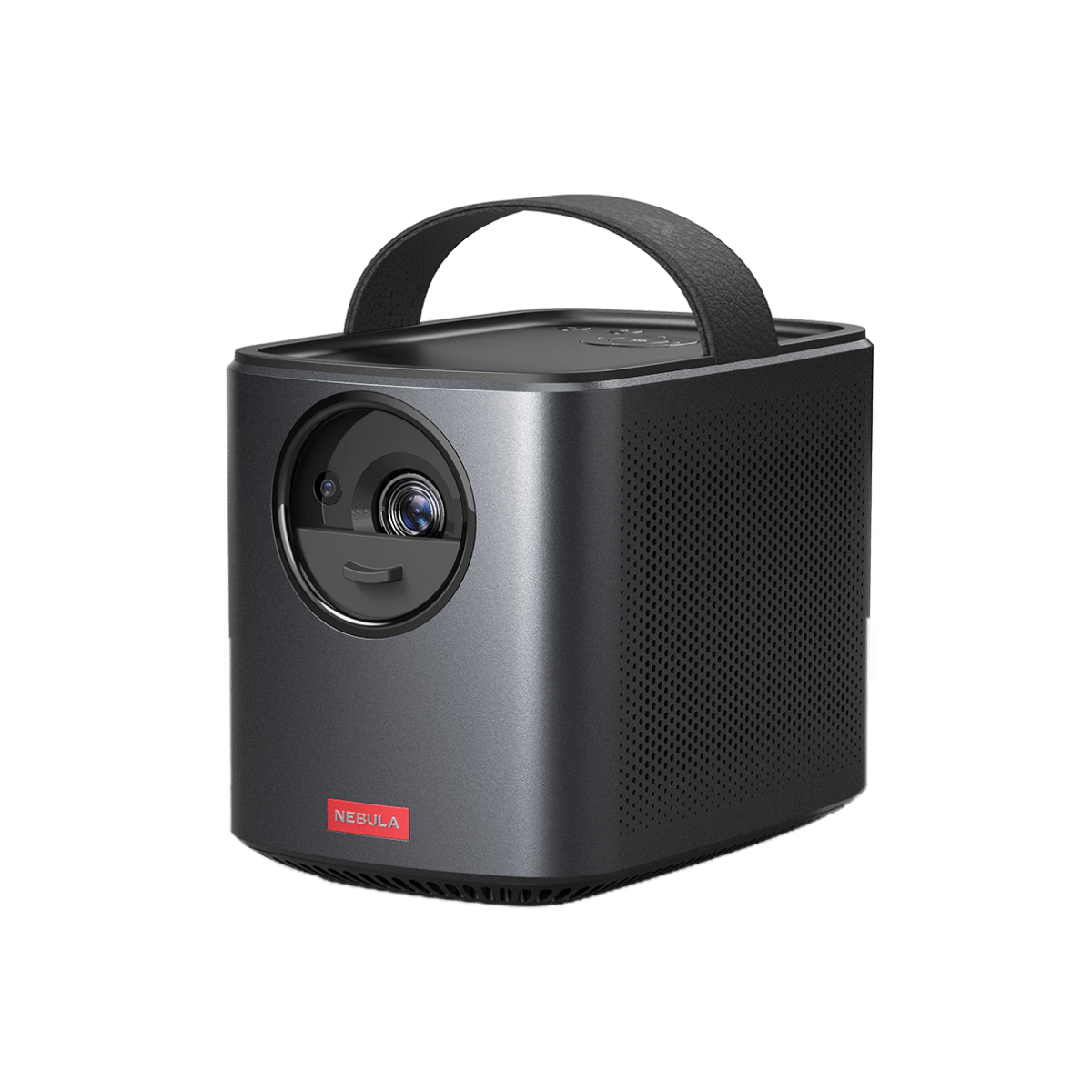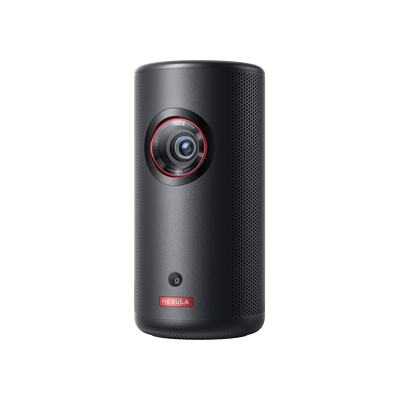Lights dim, the audience hushes, and—nothing. Your projector decides to act up. It just blinked its last, right before the big presentation or screening. Fortunately, there's no need to panic or rush to the store.
This guide walks you through how to fix a projector, tackling six common glitches that often throw a wrench in your plans. Now, let's get that screen lit and go over some of the most common projector problems and solutions.

How to Fix Projector Common Issues
From blurry visuals to silent audio output, from a non-responsive device to pesky remote issues, we've got you covered. Dive into the tried-and-tested methods below, and let's get your projector back to its prime performance.
Fuzzy Image
A fuzzy image is a common projector problem that can disrupt the quality of your presentations, movie nights, or gaming sessions.
This issue can be attributed to a variety of factors, such as incorrect lens focus, improper resolution settings, loose cable connections, or even dust accumulation on the lens. When you encounter a fuzzy image, it's crucial to perform a thorough check of these elements to identify the root cause. A fuzzy image not only affects the visual experience but can also be a sign of underlying projector issues that require immediate attention like some much-needed repair projector screen.
Addressing this problem promptly is essential for maintaining the longevity and performance of your projector.
Step-by-Step Solution:
- Check the Lens: Ensure the lens is clean. Wipe it gently with a lens cloth.
- Adjust Focus: Use the focus ring to adjust the image clarity.
- Check Resolution: Ensure the projector's resolution matches the source device.
- Inspect Cables: Make sure all cables are securely connected.
- Restart: Turn off and then turn on the projector to see if the issue is resolved.
Color Imbalance
Color imbalance is another issue that can severely affect the quality of your projector's output. When the colors on the screen appear distorted or imbalanced, it can make your visuals look unprofessional and unappealing.
This problem is often due to incorrect color settings on the projector or the source device. In some cases, it could also be a result of a malfunctioning color wheel inside the projector. A faulty color wheel can cause the colors to appear washed out or overly saturated.
Therefore, it's crucial to fix this issue by checking the color settings and, if necessary, seeking professional projector repair services.
Step-by-Step Solution:
- Check Color Settings: Navigate to the projector's menu and adjust the color settings.
- Inspect Source Device: Make sure the color settings on your source device are correct.
- Update Firmware: Check the manufacturer's website for firmware updates and install if available.
- Check Color Wheel: If the issue persists, the color wheel may be faulty. Consider professional projector repair.
- Test: After making adjustments, test the projector to see if the color imbalance is corrected.
Projector Won't Turn On
Why is my projector not working when I turn it on? When your projector won't turn on, it's a pressing issue that needs immediate attention.
Such issues can stem from various factors including a faulty power cable, an unresponsive power outlet, or internal hardware issues that may lead to the projector not working in general.
Step-by-Step Solution:
- Check Power Source: Make sure the power outlet is functional. Test it with another device.
- Inspect Power Cable: Examine the power cable for any visible damage.
- Check Projector Switch: Ensure the power switch on the projector is in the 'ON' position.
- Examine Internal Fuse: Some projectors have an internal fuse that may need replacement.
- Seek Professional Help: If the issue persists, consider repairing projectors through a certified service center.
Projector is Overheating
If you find your projector feels hot to the touch or emits an excessive amount of heat. This may be followed by sudden shutdowns or warning alerts about high temperatures.
The primary reasons may be the following: blocked air vents can restrict airflow, causing the device to overheat. The cooling fan inside the projector might also be malfunctioning or working less effectively. Placement is crucial; if a projector is in a confined or poorly ventilated space, it can easily overheat.
Step-by-Step Solution:
- Turn Off Projector: As soon as you notice overheating, turn off the projector and unplug it.
- Allow Cooling: Let the projector cool down for at least 30 minutes.
- Clean Air Filters: Remove and clean the air filters to improve ventilation.
- Check Fan: Ensure the cooling fan is operational.
- Inspect Placement: Ensure ample air circulation around it and avoid placing it in confined spaces like cabinets or tight corners.
- Test: Turn the projector back on to see if the overheating issue is resolved. If not, consider professional projector repair.
No Audio Coming from My Projector
When there's no audio coming from your projector, it can disrupt the flow of your presentation or entertainment setup.
This is a common projector issue that can be attributed to various factors such as muted audio settings, incorrect input selection, or faulty cables. Knowing how to repair projectors with audio issues is essential for a seamless experience.
Step-by-Step Solution:
- Check Audio Settings: Navigate to the audio settings on your projector and ensure they are not muted or set too low.
- Verify Input Source: Make sure the correct input source is selected.
- Inspect Audio Cables: Check the audio cables for any signs of damage or loose connections.
- Test with Another Device: Connect the projector to another audio-emitting device to rule out issues with the original source.
- Consult Professional Help: If the issue persists, consider repairing projectors through a certified service center.
Remote Won't Work
A non-responsive remote can be a minor inconvenience that leads to major frustration, especially when you need to control your projector from a distance.
This projector problem is usually due to reasons like dead or weak batteries are often to blame. However, issues might also arise from obstructions blocking the signal between the remote and the projector's sensor. In some cases, the remote sensor on the projector itself could be malfunctioning.
Step-by-Step Solution:
- Check Batteries: Replace the batteries in the remote and try again.
- Remove Obstructions: Ensure there are no objects blocking the signal between the remote and the projector.
- Clean Sensor: Wipe the sensor on both the remote and the projector.
- Test Another Remote: If possible, test with another compatible remote.
- Seek Professional Help: If the issue persists, consider professional projector repair.

Conclusion
Addressing and understanding how to fix a projector is crucial for both casual users and professionals to ensure optimal performance and longevity of the device. From tackling simple issues like a fuzzy image or remote malfunctions to more complex problems such as color imbalances and overheating, being proactive in maintenance and troubleshooting can make a world of difference. However, it's also essential to recognize when a projector has reached the end of its functional life. Advances in technology mean that new projectors often come equipped with enhanced features, improved durability, and better performance metrics. If recurrent issues persist despite all efforts to fix them, it might be time to consider investing in a newer model. Whether you choose to repair or upgrade, always prioritize ensuring the best visual and audio experiences from your projector.
FAQ
Is it Worth Fixing a Projector
Determining the worth of fixing a projector hinges on several factors: the age of the projector, the cost of repairs, and the price of a new model with similar features. If the projector is relatively new and the repair cost is low, it's generally worth fixing.
However, if the projector is outdated and the repair cost approaches or exceeds the price of a new one, consider investing in a new model.
Warranty status also plays a role; if it's still under warranty, repairs may be free or discounted.
What is the Lifespan of a Projector
The lifespan of a projector varies based on its type, usage, and maintenance. On average, traditional lamp-based projectors have a lamp life of 2,000 to 4,000 hours. Modern LED and laser projectors can last up to 20,000 hours or more. Regular maintenance and proper usage can help extend a projector's life.
